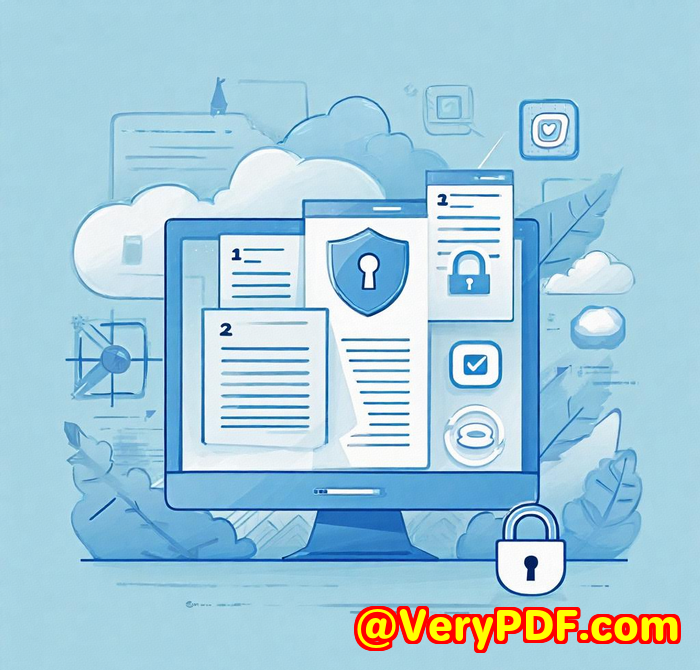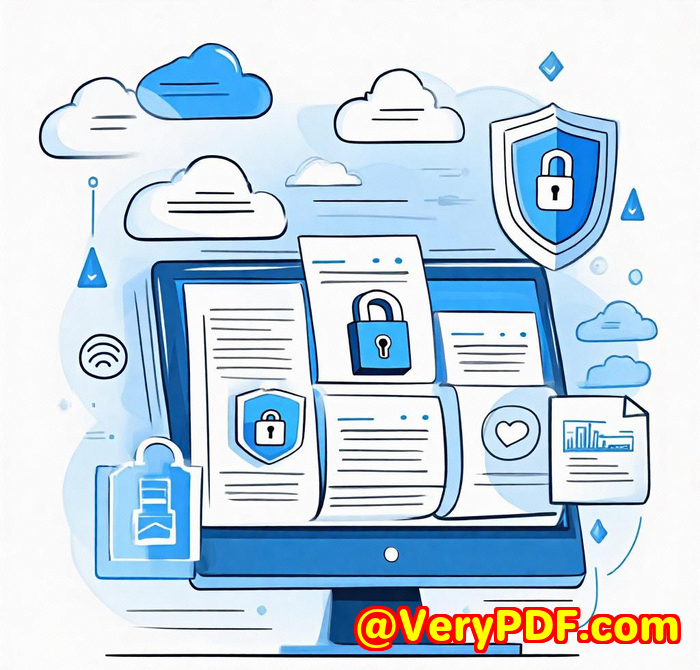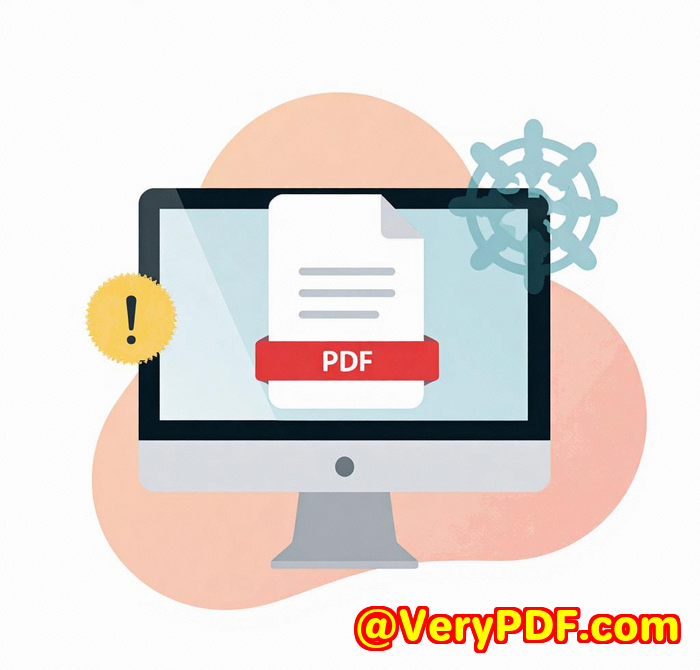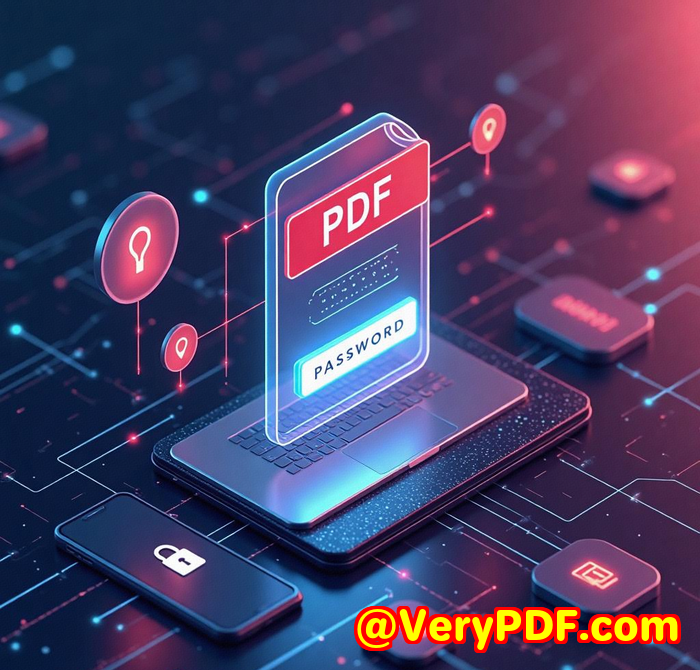Tracking PDFs How to track PDF prints
Tracking PDFs: How I Finally Learned to Track PDF Prints Like a Pro
Meta Description
Discover how I started tracking PDF prints with VeryPDF Security Enterprise DRM to finally get control over who accesses and prints my content.
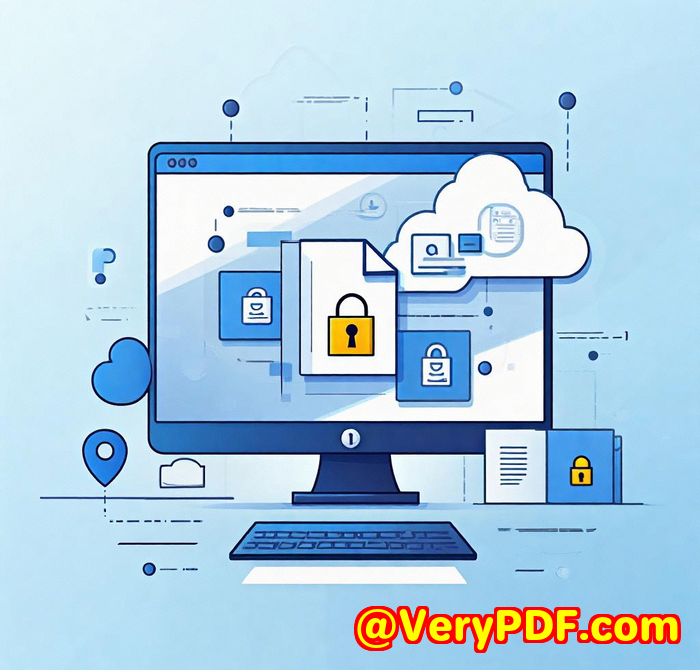
I had no clue who was printing my PDFs and it was costing me
A few months ago, I hit a wall.
We'd been sending out training manuals in PDF format to paying clients all digitally protected (or so I thought).
Then I got a call.
"Hey, just wondering why is this PDF manual showing up on a free file-sharing forum?"
Ouch.
My first instinct was to blame the team. But after digging deeper, I realised we had zero visibility into what happened to our PDFs once they left our hands. We didn't know:
-
Who opened them
-
Who printed them
-
How many times they were accessed
-
Or if they'd been forwarded to others
That's when I knew I didn't just need "PDF protection."
I needed full tracking and control. That's how I found VeryPDF Security Enterprise DRM.
How I got started with VeryPDF Security Enterprise DRM
I didn't go looking for a DRM solution casually.
I needed something that worked out of the box, didn't force users to install weird plugins, and most importantly gave me data.
After testing a couple of other options (that either felt ancient or broke every other week), I stumbled across VeryPDF Security Enterprise DRM. The difference? Night and day.
This isn't just "lock your PDF with a password" stuff.
It's real digital rights management built for people who don't want their content floating around without their say-so.
Who this tool is perfect for
If you send PDFs for any of the following, you need this:
-
Training manuals
-
Educational content
-
Research papers
-
Internal documents
-
Digital publications
-
Confidential reports
-
Subscription-based content
-
Certification guides
Basically if your content is valuable or sensitive, you want to keep it yours.
This tool is tailor-made for educators, authors, publishers, corporate trainers, financial analysts, researchers, and anyone dealing with premium or confidential content.
What makes VeryPDF Security Enterprise DRM stand out
Let's break it down.
Here's what made me choose this over the others:
1. Bulletproof Tracking
This was the game-changer for me.
With VeryPDF's built-in analytics, I can now:
-
See who accessed which PDF
-
Track when they opened it
-
Monitor where they were (via IP)
-
Spot how they accessed it (web, device, etc.)
-
Check if they printed it (and how many times)
And the best part?
It's all visual. Easy-to-read reports. No digging through logs.
I spotted a user who accessed the same doc from five different devices in two days and immediately knew we had a leak.
2. Total Print Control
I can now disable printing entirely, limit it to certain pages, or allow it only once per device.
Printing is one of the easiest ways people leak content. Now, I lock it down.
And yes I get notifications when someone prints, along with a time and device stamp. No more guessing.
3. Watermarking but make it personal
We all slap watermarks on docs and hope for the best.
VeryPDF lets me set dynamic watermarks that include the user's name, email, IP address, and access time.
So if a document ends up on a forum it's obvious who leaked it.
No excuses.
4. Flexible access settings
-
Device limits? Check.
-
Time-limited access? Yep.
-
Offline mode (for field teams)? Got that too.
-
Block access by country? Surprisingly useful.
-
Assign different roles/permissions? Easy.
I can lock a PDF to just 1 user on 1 device for 7 days, and only allow it to open in a browser, not download.
That kind of control is next-level.
5. Easy for end-users
No plug-ins.
No downloads.
No "please install XYZ reader to open this file" drama.
The recipient clicks a link, opens it in the browser, and the magic happens in the background.
It's clean, fast, and unbreakable.
Real scenarios I've used it for
Let me show you how this plays out in the wild.
Scenario 1: Protecting high-value course content
I run a paid course. We send reading material as PDFs.
Before VeryPDF DRM, we caught a student sharing PDFs in Telegram groups.
Now, we watermark every copy with their name and block downloads completely.
The incidents? Gone.
Scenario 2: Locking down internal documentation
Our company handbook has sensitive HR policies.
We added a 1-device limit + watermarks + printing disabled.
Now even if an employee leaves, we're not worried about internal docs walking out the door.
Scenario 3: Controlling access by country
We had licensing restrictions for specific regions.
With the IP-based controls, I blocked access from unauthorised countries.
Compliance, sorted.
My honest take after 3 months of using it
I've tried other DRM tools. They were slow, clunky, outdated, and frankly made my documents look like relics.
VeryPDF Security Enterprise DRM was the only one that gave me control without sacrificing the user experience.
I'm not guessing anymore.
I know exactly what's happening with my content.
I can shut down access in seconds.
I can see when someone's breaking the rules.
I can track top users and make smarter business decisions based on actual data.
This is what I recommend if you're serious about your content
If your PDFs are worth anything in revenue, reputation, or confidentiality stop sending them naked into the world.
Use VeryPDF Security Enterprise DRM.
I do.
And I'd recommend it to anyone who wants to stop leaks, control printing, and track every access without messing up the user experience.
Click here to try it out for yourself: https://drm.verypdf.com/
Need something custom? VeryPDF's got you.
Whether you're working on Windows, macOS, Linux, mobile, or something else VeryPDF does custom builds too.
They've built tools for everything from:
-
PDF security systems
-
Printer drivers that export to PDF and EMF
-
Monitoring print jobs across enterprise systems
-
Hooking into Windows APIs to track file access
-
Barcode recognition, OCR table detection
-
Form generators and layout analysis tools
-
PDF signature, DRM, and TrueType font tools
They support Python, PHP, JavaScript, C/C++, .NET, HTML5, mobile SDKs you name it.
If you've got a custom PDF challenge or need enterprise-level document management, hit them up at: http://support.verypdf.com/
FAQs
1. How can I track who prints my PDF?
Use VeryPDF Security Enterprise DRM to get real-time tracking. It logs who printed it, when, how many times, and even from which device.
2. Can I stop users from downloading my PDF?
Yes. You can restrict users to view-only mode in the browser with no download or print options.
3. Will users need special software to view the protected PDFs?
No. Everything works through the browser no plug-ins or downloads required.
4. What happens if someone tries to open the PDF in a restricted country?
Access will be denied automatically based on IP restrictions you set.
5. Can I add different permissions for different users?
Absolutely. You can assign different roles and access levels for each user or group.
Tags / Keywords
-
how to track PDF prints
-
PDF print control software
-
DRM for PDF files
-
secure PDF tracking solution
-
VeryPDF Security Enterprise DRM
